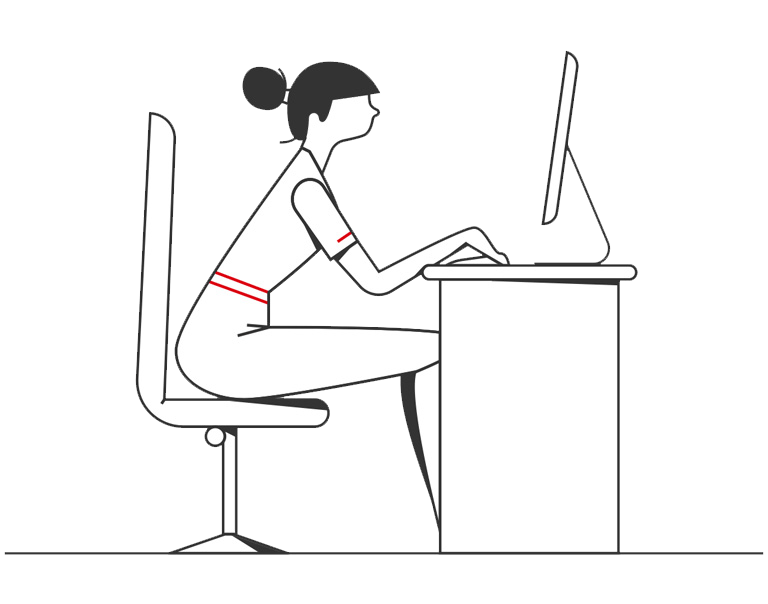Rather than sprawling outwards to create endless cities, another option is to link up cities that neighbour one another to create and exploit network effects. Groups of cities and ‘systems of cities’ that work together can both accommodate more growth and distribute it more evenly, while also retaining a manageable and local feel. They use better connections and complementary specialisations to produce ‘borrowed scale’, where they stay smaller and more livable but are able to leverage the advantages of the wider network.
Cities that connect together can produce ‘distributed urbanisation’. This can be more resilient, better for managing risks, and less susceptible to problems that come with more concentrated cities, such as congestion, crowding, and poor air. Faster connections between cities enable more sharing of amenities and specialist facilities. This allows more choices for people in terms of access to jobs and housing.
In the EU and Southeast Asia, many cities work together as teams. What kind of team do Abu Dhabi, Beirut, Casablanca, Cairo, Dubai, Istanbul and Riyadh make when they work together? The answer is, a potent one. For instance, the cities of the UAE or Saudi Arabia may work together through better connections and complementary specialisation.
This way of thinking about groups and networks of cities is not new – it dates back at least 5,000 years – but as we adapt to our new normal post-COVID-19 and new technologies provide additional communications and connections, a new set of collaborative opportunities is rapidly emerging.




